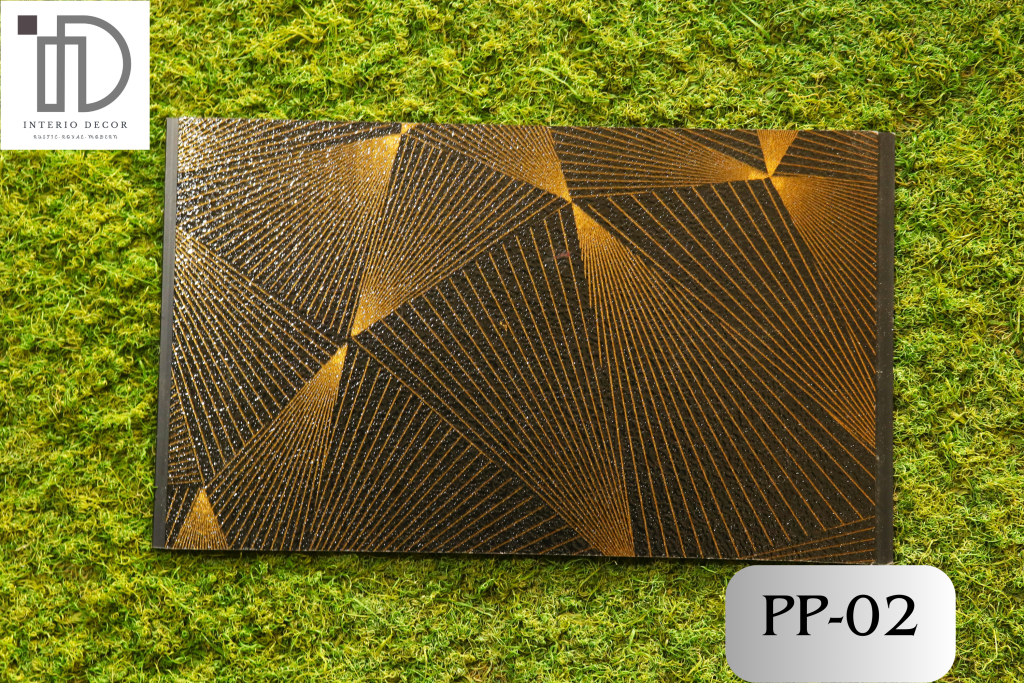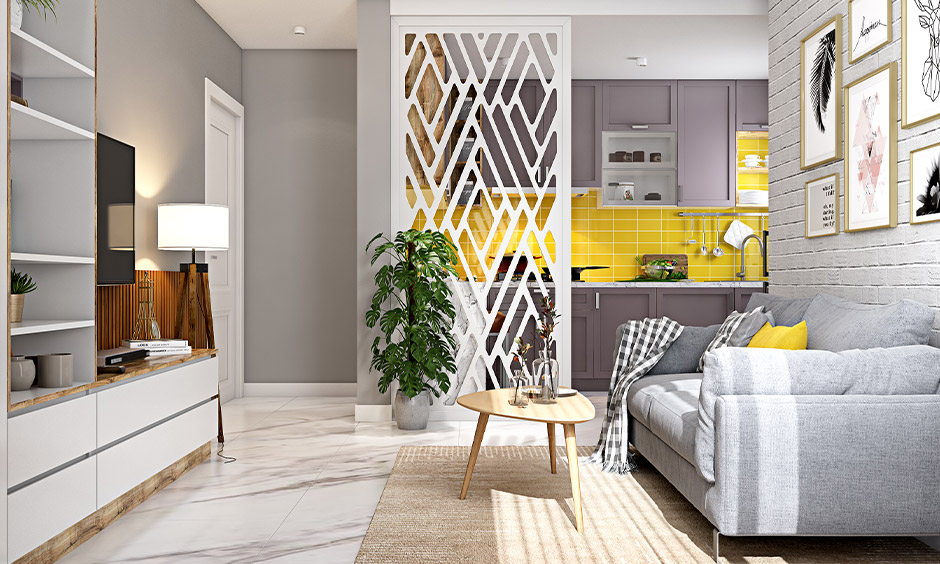What Are PVC Panels?
PVC panels, or polyvinyl chloride panels, are sheets with a hollow-core structure produced by bonding plastic together using adhesive under high pressure. These panels find applications in various areas such as walls, window profiles, flooring, and roofing.
What Are Wooden Panels?
Wooden panels refer to sheets crafted from wood-based materials like veneer, fibres, or particles, tightly fused with a special resin adhesive under intense pressure to enhance durability. Wooden panels are typically flat, occasionally curved, and are commonly utilized for doors, walls, ceilings, and flooring. Wood types commonly used include mahogany, cedar, pressure-treated pine, softwood, and hardwood.
Now that we understand their composition, let’s delve into the distinctions between PVC and wooden panels, considering various factors such as:
1. STRENGTH AND DURABILITY OF THE PANELS
- The durability and strength of panels vary between wooden and PVC options. Wooden panels, such as those used for doors or wall coverings, surpass drywall in toughness but are not entirely resistant to mould, termites, or moisture unless treated. Despite being heavier than PVC panels, wooden ones can absorb heat, leading to warping and swelling over time, necessitating replacement if not properly maintained.
- On the other hand, PVC panels, whether for ceilings or walls, consist solely of plastic, making them entirely resistant to mould, termites, and rust. They are non-porous and exhibit superior durability compared to wooden panels. Despite their lightweight due to being hollow, PVC panels possess significant strength. While daily wear and tear have minimal impact, it’s worth noting that extremely heavy or sharp objects can cause damage. Unlike wooden panels, PVC panels remain unaffected by warping or deterioration in damp environments.
2. A POLISHED VERSUS A MORE ROUGH AND RURAL APPEARANCE
- The natural rustic texture of wooden panels imparts a stylish, rich, and cosy aesthetic to the space they adorn. Despite their inherent warmth, a modern and chic appearance can be achieved with light and sandy paint or stain. However, wooden panels may not reflect natural sunlight as effectively and necessitate well-placed bulbs or lights to enhance their beauty.
- In contrast, PVC panels feature a smooth texture attributed to the polyurethane layer, which prevents the accumulation of dirt and dust. The inclusion of non-yellowing agents in their chemical composition makes them highly resistant to sunlight fading. Reflecting 90% of the light that strikes their surface, PVC panels require fewer light fixtures to illuminate a space. Additionally, their flexibility allows for installation on curved surfaces, adding to their versatility.
3. BOTH EXCEL IN PROVIDING EFFECTIVE INSULATION FOR BOTH HEAT AND SOUND
- Wooden panels serve as natural insulators, offering thermal insulation for your home. They effectively maintain warmth in winter and coolness in summer. Typically, rigid foam insulation is added beneath wooden panels as an extra layer for insulation and protection. This not only contributes to substantial reductions in electricity bills but also makes them an excellent choice for those seeking privacy and tranquillity due to their acoustic properties.
- PVC panels, on the other hand, function as sound absorbers, making them suitable for applications in music rooms and spaces requiring focused concentration and productivity. This is attributed to the construction of PVC panels, which consist of two PVC sheets separated by a few millimetres, effectively trapping air between them.

4. EASE OF CARE AND MAINTENANCE
- Wooden panels offer greater damage resistance than drywall, although they are still susceptible to dents and scratches. Fortunately, repairing and replacing them is a straightforward process without the necessity of repainting the entire room. Addressing dents and scratches involves sanding and resealing, while holes from wall-hanging objects can be filled with wood putty matching the exact colour. Regular applications of special treatments like mineral oil solutions and beeswax help maintain the wooden panels.
- In contrast, PVC panels demand minimal maintenance, requiring only a simple cleaning with a wet cloth. They can also withstand repeated power-washing without a decline in performance. However, caution is needed to prevent sharp or heavy impacts on PVC panels, as such incidents may necessitate replacement.
5. ENVIRONMENTAL IMPACT OF WOOD VERSUS PVC
- Wooden panels stand out as an environmentally conscious choice, deriving from natural wood. This renewable resource is abundantly available and can be easily recycled into comparable products or by-products.
- In contrast, the environmental friendliness of PVC panels is relatively lower due to the use of chlorine in their manufacturing process. This process releases traces of toxic gases into the air over a period, and burning PVC can be extremely harmful.
Having gained insight into the distinctions between PVC panels and wood panels, we trust that you are well-prepared to select the perfect panel designs for enhancing the decorative appeal of your walls, ceilings, or doors at home. For further assistance with your home makeover projects, feel free to contact our team of expert interior designers at Interio Decor through email ([email protected]), phone(+977-9808352223, +977-9761610886), or the comment box.

